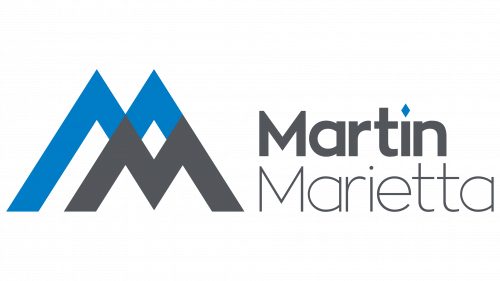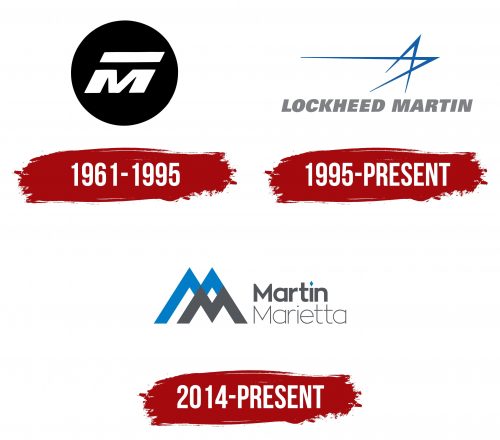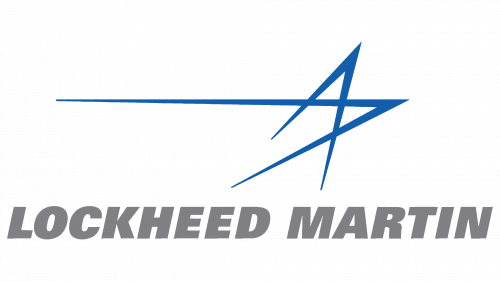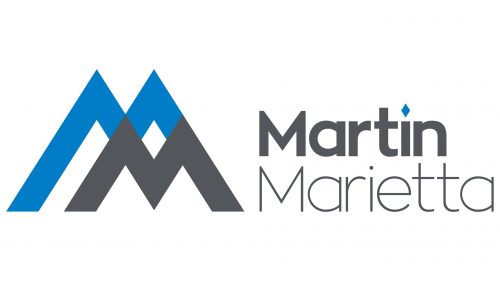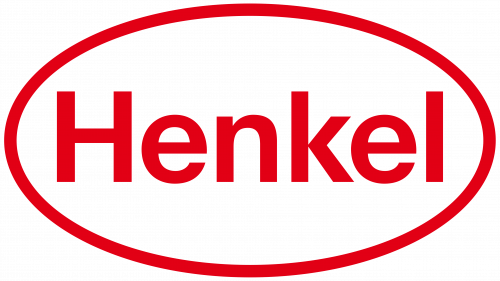The Martin Marietta logo emphasizes the company’s innovation, utilizing advanced technologies and offering next-generation building materials. The emblem reflects the brand’s products’ strength, reliability, and high quality.
Martin Marietta: Brand overview
Martin Marietta has a long history that began in the early 1900s. In 1909, Glenn L. Martin established the Glenn L. Martin Company in Santa Ana, California. The business initially concentrated on producing aircraft, but it soon established a reputation as a creative manufacturer of aviation technology.
The Glenn L. Martin Company moved to Los Angeles in 1912, where it continued aircraft development and manufacturing. The company’s quick expansion was facilitated by the large military contracts it was awarded during World War I.
The corporation achieved several significant milestones in the 1920s and 1930s. During this time, the Glenn L. Martin Company produced several effective bombers and flying boat types for military and commercial applications.
During World War II in the 1940s, the firm greatly increased its output. Producing B-26 Marauder bombers and other military aircraft, the Glenn L. Martin Company rose to prominence as a major provider of aviation technology to the armed forces of the United States.
Following the war, the business started to expand. The Glenn L. Martin Company began developing rocket and space technology in the 1950s, and this work became a major focus of the company’s development in the ensuing decades.
A significant development in the company’s history occurred in 1961 when the American-Marietta Corporation, a manufacturer of chemicals and building materials, merged with the Glenn L. Martin Company. The Martin Marietta Corporation was created as a result of this transaction.
The corporation actively participated in the U.S. space program during the 1960s and 1970s. The business designed and manufactured spacecraft, launch vehicles, and other equipment for NASA. One of its most prominent undertakings was participating in the Viking program, which sent spacecraft to investigate Mars.
In the 1980s, the firm continued growing its business in the aerospace and defense industries, expanding into electronics and information technology.
The corporation saw many changes during the 1990s. In 1993, it acquired General Electric’s aerospace electronics branch, considerably improving its standing in this industry.
Nonetheless, the most important development was the 1995 combination of the company and Lockheed Corporation. As a result of this merger, one of the world’s biggest aerospace and defense firms, Lockheed Martin Corporation, was established.
After the merger, Lockheed Martin continued expanding the building materials company it had acquired and continued with its aerospace and defense projects.
Lockheed Martin decided to separate its building materials business in 2006. This new organization, which focused on producing aggregates and building materials, continued operating under Martin Marietta Materials before going public.
Between 2006 and 2014, the materials company expanded its geographic reach and acquired other industry businesses to grow and expand.
Another noteworthy occurrence occurred in 2014 when Texas Industries, a major manufacturer of cement and building materials, combined with the firm. After this merger, the corporation changed its name to Martin Marietta Inc., which is how it is currently known.
Maintaining its rich history entrenched in the aviation and aerospace industries, the company has become one of the top producers of construction materials in the US since 2014.
In 2015, the enterprise continued its expansion and position-strengthening strategy in the building materials industry. After paying $1.625 billion, the business successfully acquired Bluegrass Materials Company. With the addition of 125 million tons of premium limestone reserves in key areas, this acquisition greatly expanded the company’s footprint in the Southeast of the United States.
In 2017, the company announced acquiring Lehigh West Region, a HeidelbergCement branch, for $65 million. This transaction increased the company’s footprint on the US West Coast, comprising a cement plant in Redding, California, and related distribution facilities.
In 2018, the business continued spending money to update its production facilities. After a significant expansion project, the Midlothian cement plant in Texas can now produce one million tons more annually. This development was intended to supply the region’s increasing need for building supplies.
A prominent manufacturer of building aggregates in the Minneapolis-St. Paul region, Tiller Corporation was acquired by the firm in 2020. Thanks to this transaction, the company gained substantial reserves of high-quality materials and enhanced its position in the Midwest market.
In 2021, the company bought Lehigh Hanson’s West Region division for $2.3 billion, making it one of its largest acquisitions. This transaction greatly increased the company’s footprint in California and Arizona, adding 17 operational aggregate quarries, two cement plants, and several distribution terminals.
In 2022, the enterprise intended to cut carbon emissions by 30% by 2030 and improve its environmental activities. The business started investing in emissions-reduction technologies and renewable energy sources at its manufacturing sites.
“SOAR 2025,” a new initiative unveiled by the corporation in 2023, is intended to boost operational effectiveness and accelerate growth. As part of this effort, the firm intends to invest in supply chain optimization, product creation, and the digitization of its operations.
The company persisted in solidifying its standing as one of the US’s top manufacturers of building supplies.
Meaning and History
What is Martin Marietta?
It is an American company specializing in manufacturing and supplying construction materials, primarily aggregates such as crushed stone, sand, gravel, cement, and concrete. The company serves various markets, including infrastructure, commercial, residential, and industrial construction projects. It is known for its quality, customer service, and providing materials required for the construction and maintenance of infrastructure. In addition, the company operates in other sectors, such as magnesia chemicals and lightweight aggregates, and is a key player in the construction industry across the United States.
1961 – 1995
Martin Marietta was created from the merger of the American-Marietta Corporation and Glenn L. Martin Company but chose not to adopt their visual identities. It was important for the newly formed company to assert its independence from its predecessors, so designers developed a unique logo that remained in use until 1995.
This emblem had a futuristic look, as Martin Marietta’s operations were tied to technologies of the future: the corporation was involved in the development of spacecraft, missiles, unmanned aerial vehicles, and experimental aircraft. The aerospace manufacturer reflected its commitment to progressive technologies and innovative engineering solutions in its branding.
The company’s innovation is hinted at by the slanted shape of the letter “M,” which creates a sense of rapid flight. It conveys the idea of progress, improvement, and continuous forward motion. Above it, a parallelogram is slightly offset to the right, aligning with the angles of the “M” and appearing as a natural extension of its diagonals. This design makes the four-sided figure seem to fly quickly, not following the glyph but pulling it along.
Designers intentionally placed the large “M” at the center of the emblem, as both words in the company’s name begin with this letter. The parallelogram can also be interpreted as the top horizontal of a “T,” tying this abstract shape directly to Martin Marietta.
The logo’s foundation is a large black circle. Its color evokes a sense of seriousness and gravity, helping to establish the image of a stable brand. The internal elements are white—the color of innovation and stability. They contrast with the dark background, making the design as striking as possible.
The emblem’s dynamic elements serve as a visual metaphor for flying planes, rockets, and spacecraft. Without using specific thematic symbols, the designers conveyed the company’s connection to the aerospace industry and its significant ambitions, which unfortunately did not fully materialize.
1995 – today
In 1995, the original Martin Marietta ceased to exist after merging with Lockheed Corporation. Together, they formed a new aerospace manufacturer named Lockheed Martin. Interestingly, the logo of Lockheed Martin echoes the emblem of the Glenn L. Martin Company, one of Martin Marietta’s predecessors, by including a five-pointed star, a symbol of quality, success, and great potential.
The modern emblem features not a classic star but a creative interpretation. There are only two complete points, while the others are left unfinished. This creates the appearance of an incomplete pattern formed by two sharp angles pointing in opposite directions and intersecting at three points.
The star is intentionally presented in this form because its sharp lines are filled with energy, especially the longest horizontal stroke. These lines resemble speed lines trailing behind something in motion. In this case, they represent the military aircraft, spacecraft, missiles, and UAVs produced by the company. The abstract emblem effectively emphasizes their speed and swiftness.
To reflect Lockheed Martin’s key areas of operation, the designers made the star blue, symbolizing trust, stability, and safety, and also associated with the sky. Unlike the graphic symbol, the brand name is rendered in a neutral gray, which, due to its neutrality, gives the logo a serious appearance. This grayness doesn’t come across as dull—instead, it highlights the discipline of a company that develops high-tech solutions for the defense and aerospace industries.
The “LOCKHEED MARTIN” text is in bold, italicized sans-serif font. It resembles Univers 85 Extra Black Oblique, a versatile typeface combining formality with dynamism. The capital letters appear substantial due to their thick lines, but the noticeable slant adds a sense of lightness. On one hand, this conveys the authority and strength of the brand, while on the other, it symbolizes a drive toward progress.
2014 – today
This logo belongs to Martin Marietta Materials, spun off from Lockheed Martin in 1996. It has no connection to the aerospace industry and focuses on selling aggregates for concrete, such as gravel, sand, and crushed stone. Therefore, its emblem features a stylized depiction of quarries that extract natural construction materials.
The designers creatively approached the task and played with the two “M” s that begin the brand name. A smaller gray “M” is in the foreground, partially covering a larger blue “M” behind it. Their right diagonals align, symbolizing support and cooperation. This suggests that the American company is ready to assist its customers by supplying the necessary aggregates for building foundations, sidewalks, roads, and bridges. The connected lines also evoke a sense of strength, hinting at the reliability of the materials.
Both “M” s have tall, sharp peaks with a steep incline. The central part of the gray letter extends down, touching an imaginary boundary with its pointed angle. Some may think this represents stylized mountains, but the designers depicted deep quarries—giant pits from which Martin Marietta extracts loose construction materials. The colors were chosen intentionally:
- Gray is associated with asphalt, concrete, and cement, which the company produces;
- Blue symbolizes technological progress and evokes a sense of calm.
Additionally, this palette demonstrates the brand’s historical connection to Lockheed Martin, as blue and gray were also used in its logo. These two colors complement each other, creating a pleasing visual contrast.
Next to the stylized “MM” abbreviation is its full form: the “Martin Marietta” inscription. The words are split into two lines, left-aligned, giving the logo a structured and formal appearance. The designers used two different fonts for the company name, connected only by the absence of serifs. Otherwise, they are distinct:
- “Martin” is in a bold sans-serif font with clean lines. This font conveys simplicity and seriousness, emphasizing the professionalism of the construction materials supplier.
- “Marietta” is composed of thin, delicate letters that appear light and elegant. It stands out from the logo’s overall geometry, drawing attention.
Both parts of the text are gray except for one detail—a small blue diamond. This is placed above the “i” instead of the usual round dot, highlighting the modern character of the font. It’s a decorative element and a carefully designed accent that makes the emblem easily recognizable. The diamond’s straight lines create a sense of precision and stability, which is crucial for a construction materials manufacturer.
